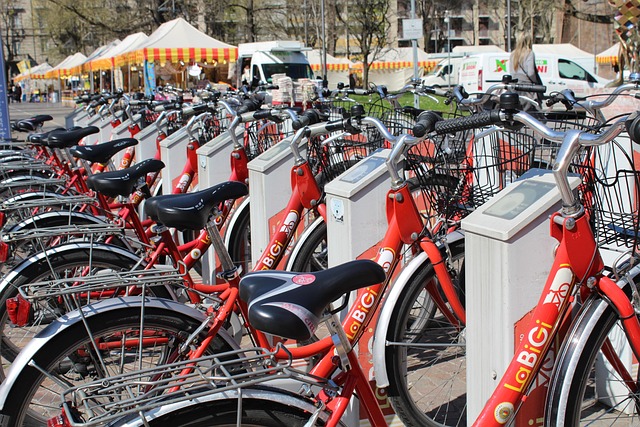Bridging the Gap: The Role of Transport Sustainability in Rural Development
When we think about rural communities, images of vast landscapes and tranquil environments often come to mind. However, one challenge remains persistent: connecting these areas efficiently without compromising their natural beauty and resources. Sustainable transportation and rural development solutions are crucial to overcoming this hurdle, ensuring that rural areas do not remain isolated while protecting their environment.
Transport sustainability isn’t just about reducing carbon footprints—it’s about designing systems that harmonize with local ecosystems and social dynamics. For rural communities, sustainable transport means reliable, affordable, and eco-friendly options that improve accessibility to healthcare, education, and markets, thereby fostering economic growth. Integrating these transport strategies becomes the backbone of rural revitalization.
Strategies for Integrating Sustainable Transportation in Rural Areas
- Enhancing Local Public Transit: Implementing flexible bus routes or demand-responsive transit services can meet the unique needs of rural residents while minimizing emissions.
- Promoting Non-Motorized Transport: Developing safe walking and cycling paths not only reduces environmental impact but also encourages healthier lifestyles.
- Electric Vehicle Infrastructure: Installing charging stations and incentivizing electric vehicle use helps bridge gaps where traditional fuel availability is limited.
- Community-Based Transportation Programs: Empowering locals to manage ride-sharing or shuttle services ensures solutions are tailored and sustainable.
Rural Development Through Seamless Integration
When sustainable transportation is thoughtfully embedded within rural development frameworks, several positive outcomes arise:
- Economic Uplift: Better transport links open up new markets for agricultural products and handicrafts, extending income sources.
- Social Inclusion: Reliable transport reduces social isolation, connecting people with essential services and fostering community cohesion.
- Environmental Preservation: Sustainable modes reduce pollution and habitat disruption, preserving rural landscapes for future generations.
Integration, therefore, is not merely about linking roads or routes but about weaving together the diverse threads of environmental care, economic opportunity, and social well-being. Sustainable transportation and rural development solutions serve as a vital catalyst in this complex yet rewarding process.




